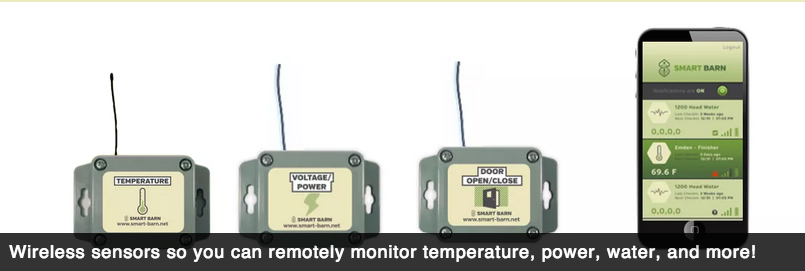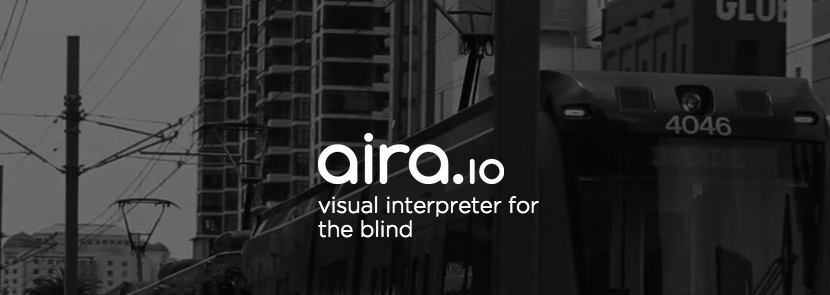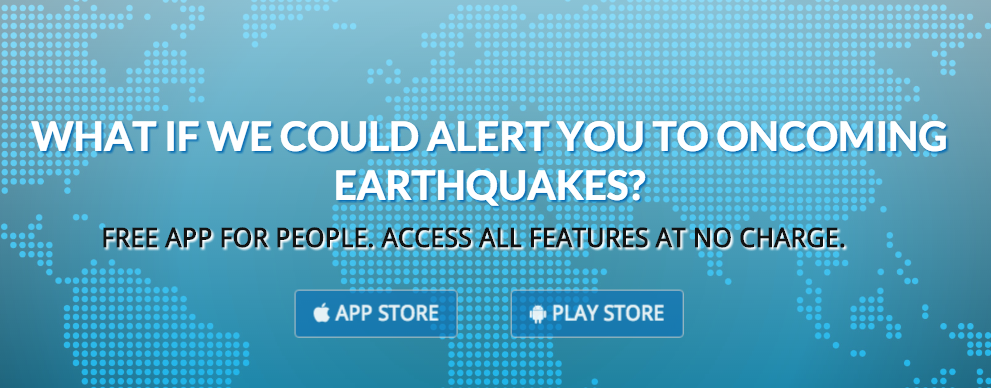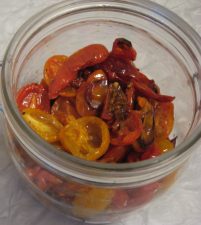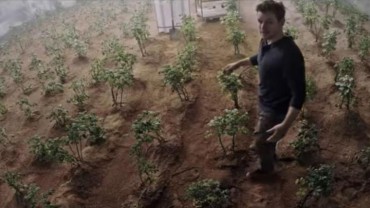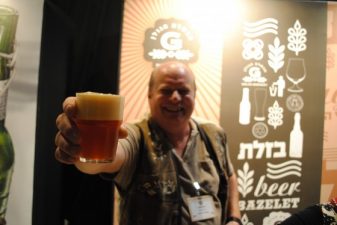 Verizon (NYSE: VZ) is America’s #1 mobile provider and the company just announced finalists for their international Powerful Answers Award which will grant $1 million, $500,000 and $250,000 to the top 3 winning companies in the category Internet of Things (IoT).
Verizon (NYSE: VZ) is America’s #1 mobile provider and the company just announced finalists for their international Powerful Answers Award which will grant $1 million, $500,000 and $250,000 to the top 3 winning companies in the category Internet of Things (IoT).
To break things up Verizon has created 3 categories: the two other categories in this year’s prize includes Transportation and Emergency Response with same number of finalists and prize amounts (all the 36 companies can be found here).
I am the founder of one of the finalists in the IoT group with flux – a smart consumer device and software to help people anywhere grow tasty, local food on water, using hydroponics. We’ve just minted our first devices out of production so the timing couldn’t be better!
See below.

We’re like the Nest for hydroponics. Go to Home Depot for your pipes and pumps or to one of 3000 American hydroponic stores, put your flux device in the water, and pairing to our app, you are good to grow.
flux simplifies all the hard parts like pH and nutrients needed to go in, so you can grow the tastiest food. Instead of facing high rates of failure, we’re there rooting for you to succeed.
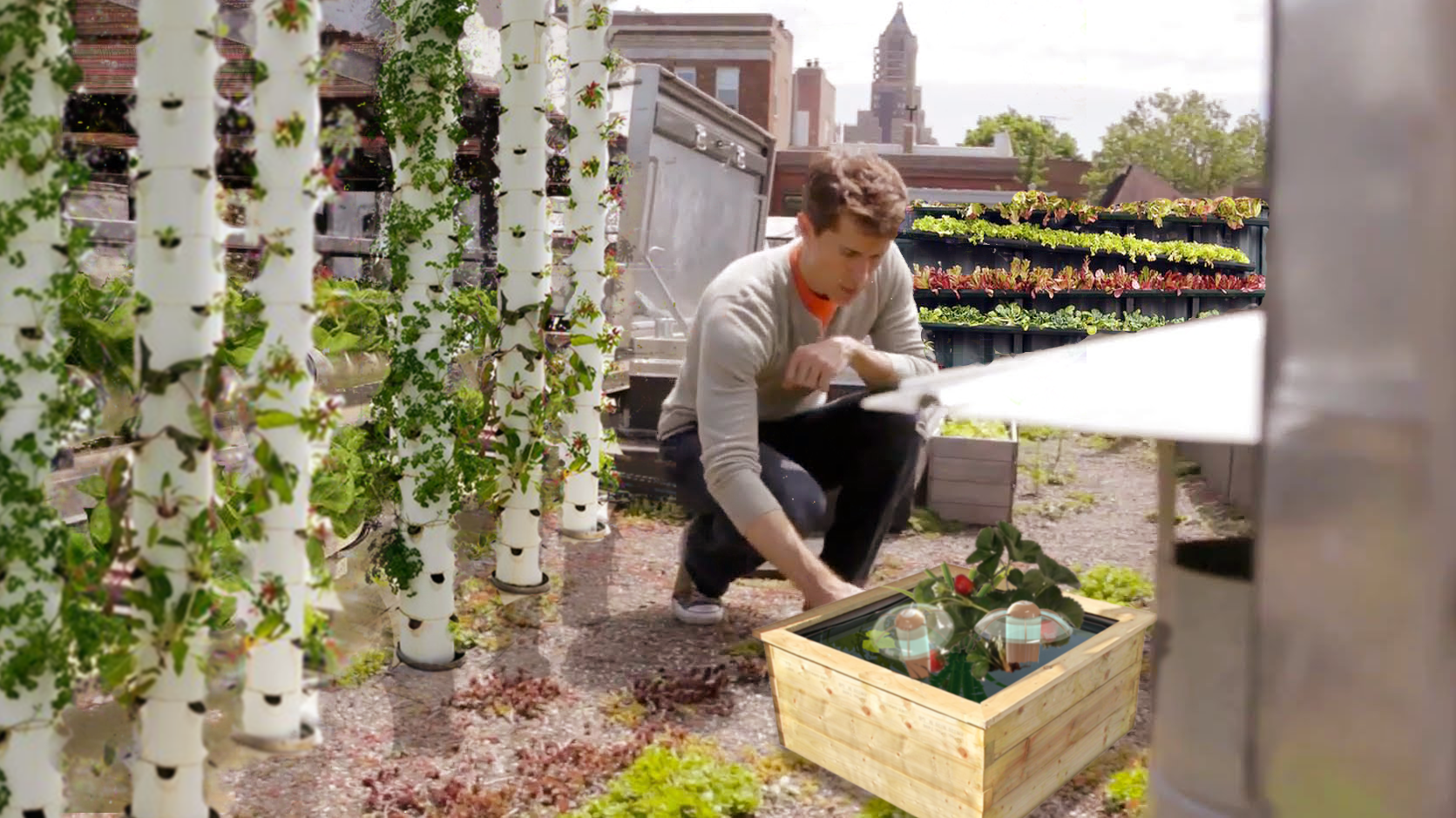
We’ll be one of this year’s 12 Internet of Things finalist companies heading to San Francisco next week to pitch our product to Verizon.
Just getting to this spot is our prize and vindication that Fortune 100 companies see value for their business in supporting Impact and social good companies.
“The world is facing incredible challenges, but we believe that there are life-changing ideas out there that can provide answers,” said John Doherty, senior vice president of corporate development and Verizon Ventures. “Verizon wants to help find innovators who can leverage Verizon’s products and technology to help solve those problems and help turn their visions into reality.”
Growing local food using hydroponics can change realities for marginalized populations in the US, or refugees eking out a living in the Middle East. It works without soil, and isn’t dependent on climate meaning you can grow fresh food in the middle of Manhattan, in Alaska in winter, or feed refugees staying in makeshift housing with fresh food. Growing local can slow global warming, produce food with more vitamins, create jobs, and give people a deep sense of satisfaction.
I’ve met mothers in Harlem like Latonya (below) who’ve told me that their kids ate chocolate bars for breakfast. After having a hydroponic farm at school (thanks to NGOs like Harlem Grown), the kid and families started to eat fresh greens every day.
Hydroponics is not our invention. NASA uses it to grow space lettuce. But it currently only works really well on a large, industrial scale. Current barrier to entry for every day people isn’t cost. You can set something up with $100 from Home Depot. Growing food well at home this way –– it’s about know-how. There is a lot of chemistry to get right. This is the pain that flux solves.
Consider that food security is at the heart of the refugee crisis in the Middle East. Agriculture continues to be the backbone of livelihoods for the majority of people in conflict and post-conflict situations, says the United Nations Food and Agriculture Organization.
Why support local agriculture globally?
“Rural development and food security are central to the global response to the refugee crisis. War causes hunger and hunger too, kills and forces people from their homes,” said Graziano da Silva today. “Supporting agricultural based livelihoods can contribute to both helping people stay on their land when they feel safe to do so and to create the conditions for the return of refugees, migrants and displaced people,” added Graziano da Silva.
flux can help by offering a simple solution, with local partners, to get food in the hands of people in need fast.
But this story isn’t just about us. It’s about a small revolution and 11 other innovators and startups that have the power to change the world. Read below for more about the 12 Internet of Things companies that have world-impact potential. I’ve broken it up for those that like to focus on sectors: agtech, health and smart cities.
Verizon picks 12 companies with Powerful Answers in IoT
Agtech
flux – Smart Agriculture (NY, NY – www.fluxiot.com) To assist consumers in growing food at home, especially those that live in cities, the company has developed a connected device that monitors the growth of vegetables in a hydroponic environment and determines the optimal growing recipe using a global, connected community of people growing food together. flux has also developed a fully-automated robotic system that can turn on lighting and add nutrients.
FarmLink – Smart Agriculture (Kansas City, MO – www.farmlink.com) To assist farmers in improving their crop yields, the company leverage data gathered from farms nationwide and around the world to provide actionable insights on what farmers should do with their specific farming environment. Their data is gathered using a fleet of 200 connected combines taking 150 square-foot snapshots every second.
FarmX – Smart Agriculature (Irvine, CA – www.farm-x.com/ )To assist farmers in improving their crop yields and lowering their water costs, the company combines low cost sensors and high altitude aerial imagery to collect real-time crop data. This data is then used to drive decisions on watering in specific locations.
Smart Barn – Smart Agriculture (Kettering, OH – www.smart-barn.net) To assist farmers with the operation of their farms and monitoring of livestock, the company has developed a series of wirelessly connected equipment to monitor and control the environment condition of their facilities.
Chipsafer – Smart Agriculture (Montevideo, Uruguay – http://ieetech.com/) To help farmers monitor their herds of animals such as cattle for higher yield, the company has developed a wearable device that monitors animals’ behavior remotely, autonomously, and in real-time. Using analytics, the farmer can determine if an animal is sick, injured, or lost, and subsequently take remedial action.
Health
Aegle Arc – Connected Health (Baltimore, MD) To help monitor the senior and elderly, the company has developed a wearable pendant device that is equipped with 4G LTE and sensors that monitor ECG, respiration rate, blood oxygen levels, and temperature. Additionally, the person’s location and movement is also monitored. Should sensor data indicate that the person being monitored is experiencing a medical condition or has moved outside of a predefined geo-fence, the appropriate individuals can be contacted.
Aira.io – Connected Health (San Diego, CA – www.aira.io) To assist the blind with their daily lives, the company has developed a service that integrates smart glasses with the user’s smart phone such that a virtual personal assistant can help them with tasks using the assistant’s vision. Examples include navigating busy streets or reading a restaurant’s menu. The service integrates and pulls relevant information from various online sources to support the assistant in aiding the blind customer.
Owlet – Connected Health (Provo, UT – https://www.owletcare.com/)To assist parents with newborns, the company has developed a connected smart sock that can monitor a newborn’s vital signs, including heart rate, breathing quality, and skin temperature. In line with the trend for the quantified self, the Owlet sock helps parents understand whether their newborns are experiencing any issues.

Smart Glasses – Connected Health (London, UK –
To assist the blind in their homes, the company has developed smart glasses that allow the user to be able to live comfortably within their own home. The user can connect to and operate other smart devices in their home using hand and head gestures. And the user can navigate their home, and potentially other public buildings (e.g. airports, train stations).
Wound Assessment and Remote Evaluation – Connected Health (Baltimore, MD -https://www.tissue-analytics.com/) To assist individuals who have a wound, the company has developed a smart phone app that allows the injured individual to send photos and video of the wound to a central network of doctors. Combined with a cloud-based analytics platform, the doctors are able to assess the wound remotely and provide recommendations for treatment.
Cities
CityTaps – Smart Cities (Ile de France – www.citytaps.org) To assist water utilities in collecting payment for water usage and consumers to pay for water, the company has developed a connected control metering device that connects to the water tap. This allows users to make micropayments for incremental usage of water and guarantees the utility will receive payment for the water used.
Zizmos Technology – Smart Cities (Palo Alto, CA – www.zizmos.com) To assist cities detect earthquakes or other seismic activity in advance of actually occurring, the company uses inexpensive MEMS (Micro-Electro-Mechanical-Sensor) accelerometers attached to used or recycled smart phones that are connected to the Internet to create a low-cost seismic network that monitors earthquake hazards and provides real-time notifications of impending tremors to residents in high-risk areas for a fractional cost of the traditional seismic network.

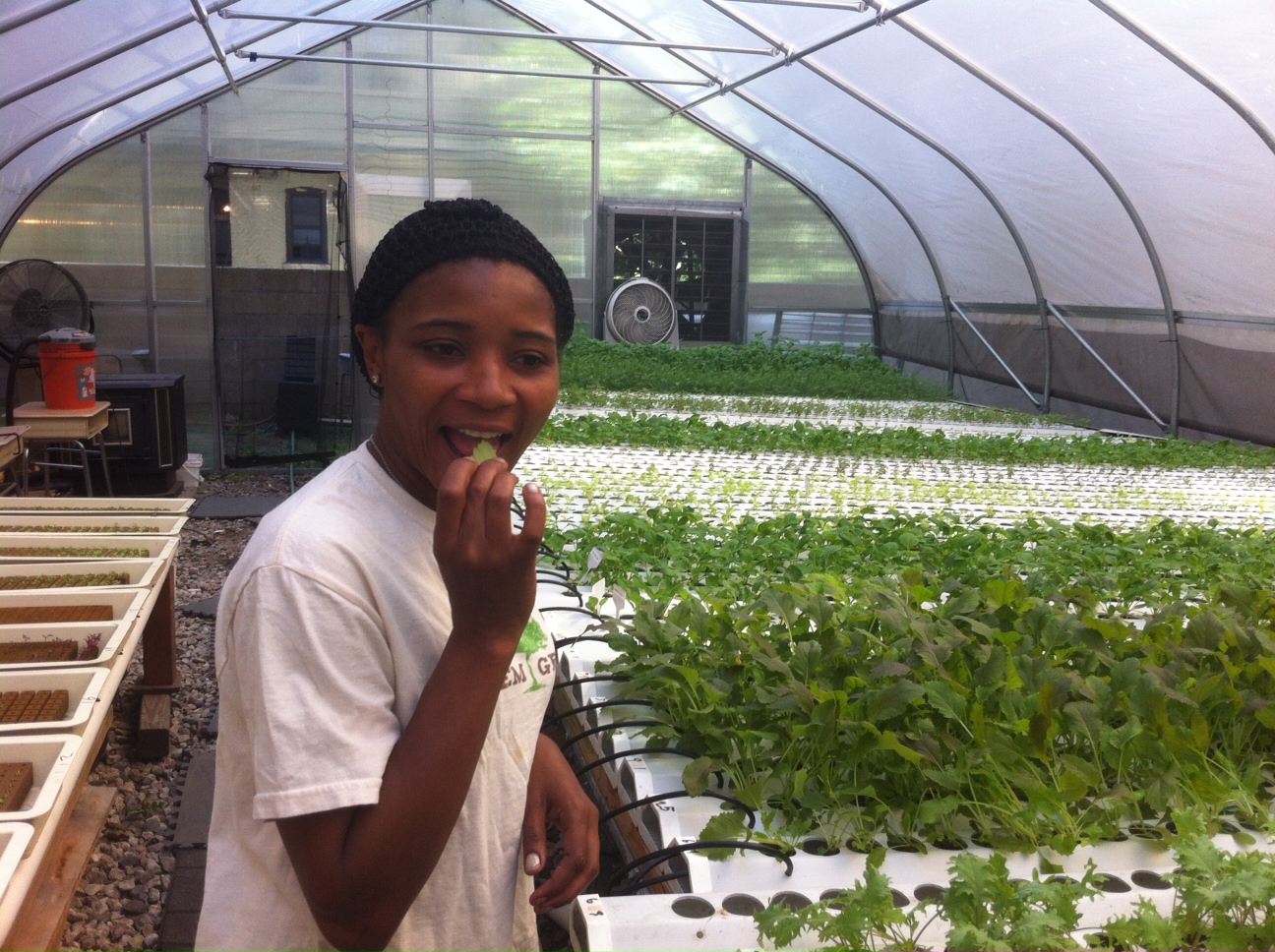
![FLUX_Visual A_NYC_Internal_[02] (1)](https://www.greenprophet.com/wp-content/uploads/FLUX_Visual-A_NYC_Internal_02-1.jpg)
